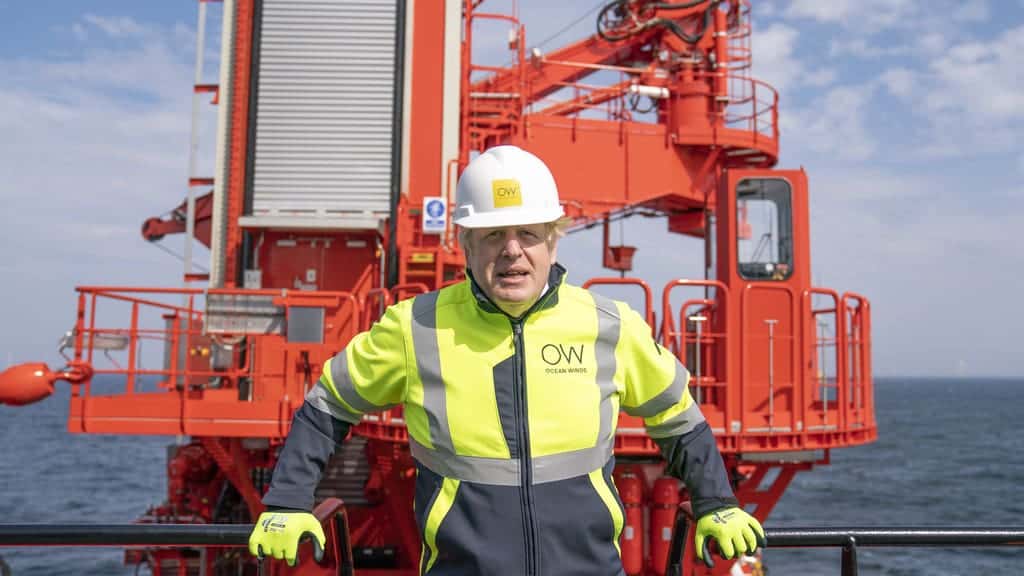
Credit;PA
Boris Johnson will continue his tour of Scotland, despite a member of hist team testing positive for Covid-19 on the trip.
A senior government source has told the Guardian that the prime minister and official were “side-by-side” on several occasions and even travelled together on an RAF Voyager between Glasgow and Aberdeen.
But a Downing Street spokesperson said they did not come into close contact.
Posting on Twitter, Angela Rayner said “someone is lying. And I know who has lied before”.
The civil servant, who is now isolating at a hotel in Scotland, attended an event with Johnson at a police college on Wednesday.
Later that day, he and the staffer flew as part of a small No 10 contingency of about a dozen people to the next leg of Johnson’s two-day tour of Scotland – though they were said to be sat at opposite ends of a large cabin.
The group were tested upon landing, and the official’s result was positive so they went into isolation.
Some whose result came back negative were told to make their own way home, while others, including Johnson, finished the tour.
The prime minister was then pictured meeting the business secretary, Kwasi Kwarteng, the Scottish Tory leader, Douglas Ross, and the Conservative MP Andrew Bowie.
Johnson and several members of the No 10 contingent are not isolating – but a government source said “the whole lot should be”.
The Downing Street spokesperson also refused to say if he had been tested since the positive case was discovered.
Anger at the decision was making the rounds on social media.
Here’s what people had to say:
Related: Gulf Stream at risk of collapse as Earth warms, study warns